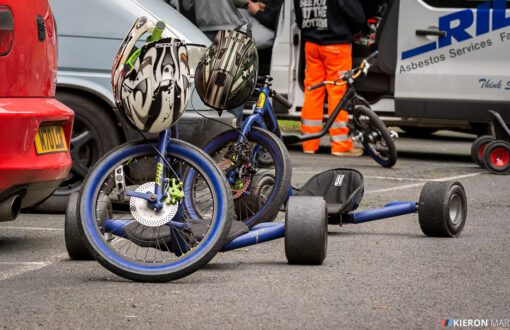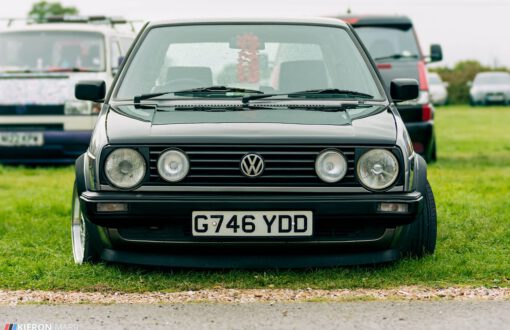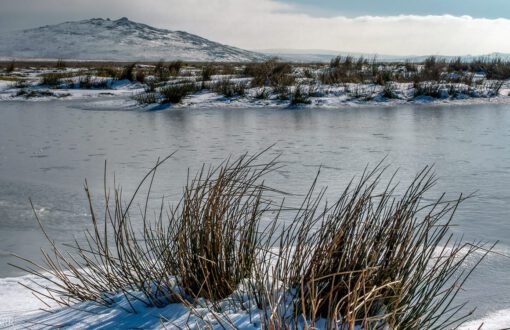I caught wind that a vintage car rally was being held in Glastonbury. That sounded like a perfect excuse to get outdoors with the camera.
I’m a massive petrol head! I may not know how a car works necessarily but I’m through and through a car enthusiast.
This is the first time I’d gone out to photograph cars so I had literally no idea what to do or where to start. Sometimes that’s the best way though. Reading books and studying always helps but sometimes “real-life” experience is a better way of learning.
The photos
The first thing that caught my eyes was this Corvette Stingray C3. The Corvette C3 Stingray was made between 1968 and 1982 and remains a well-respected american muscle car amongst collectors and petrol heads alike.
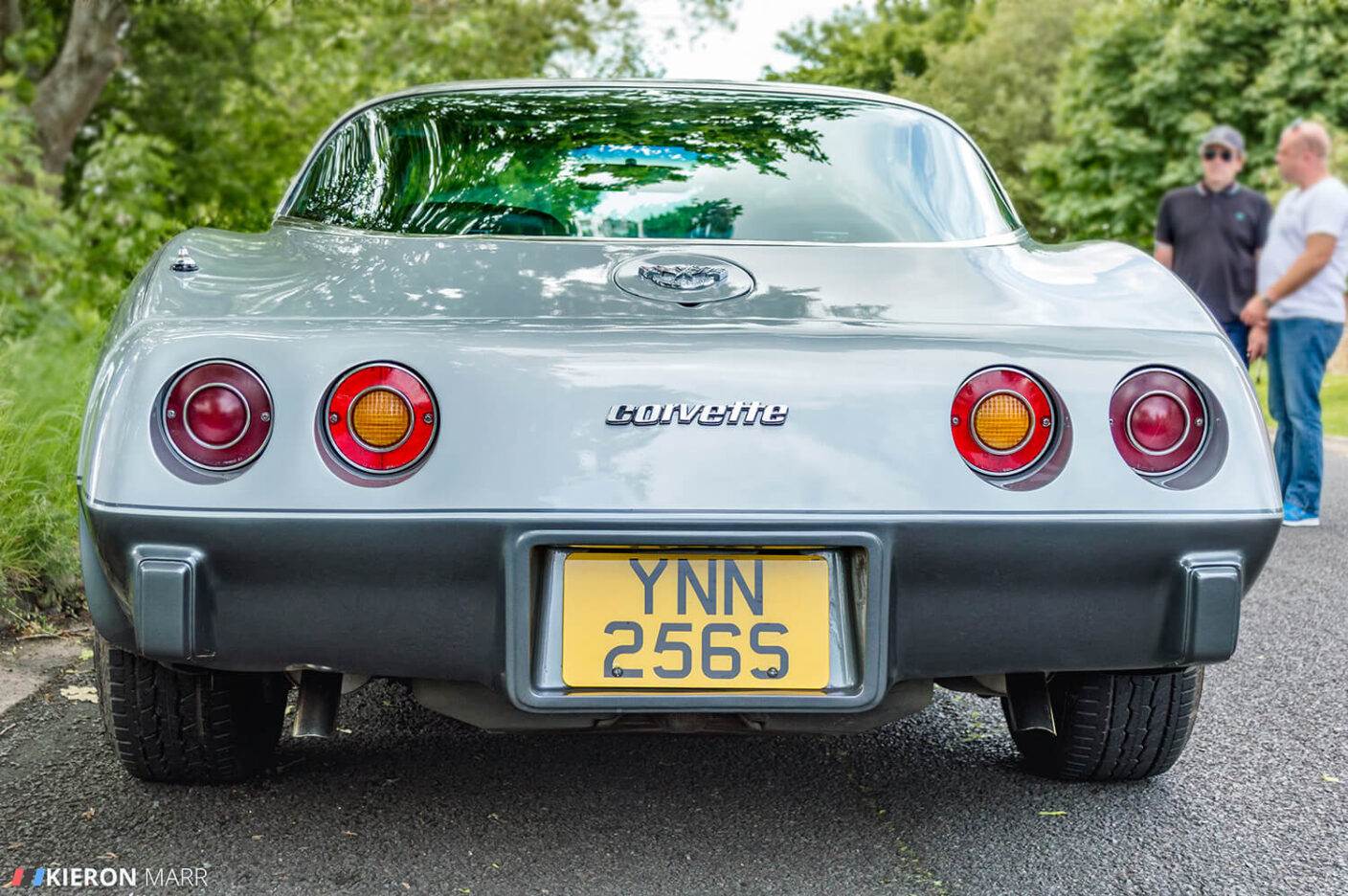

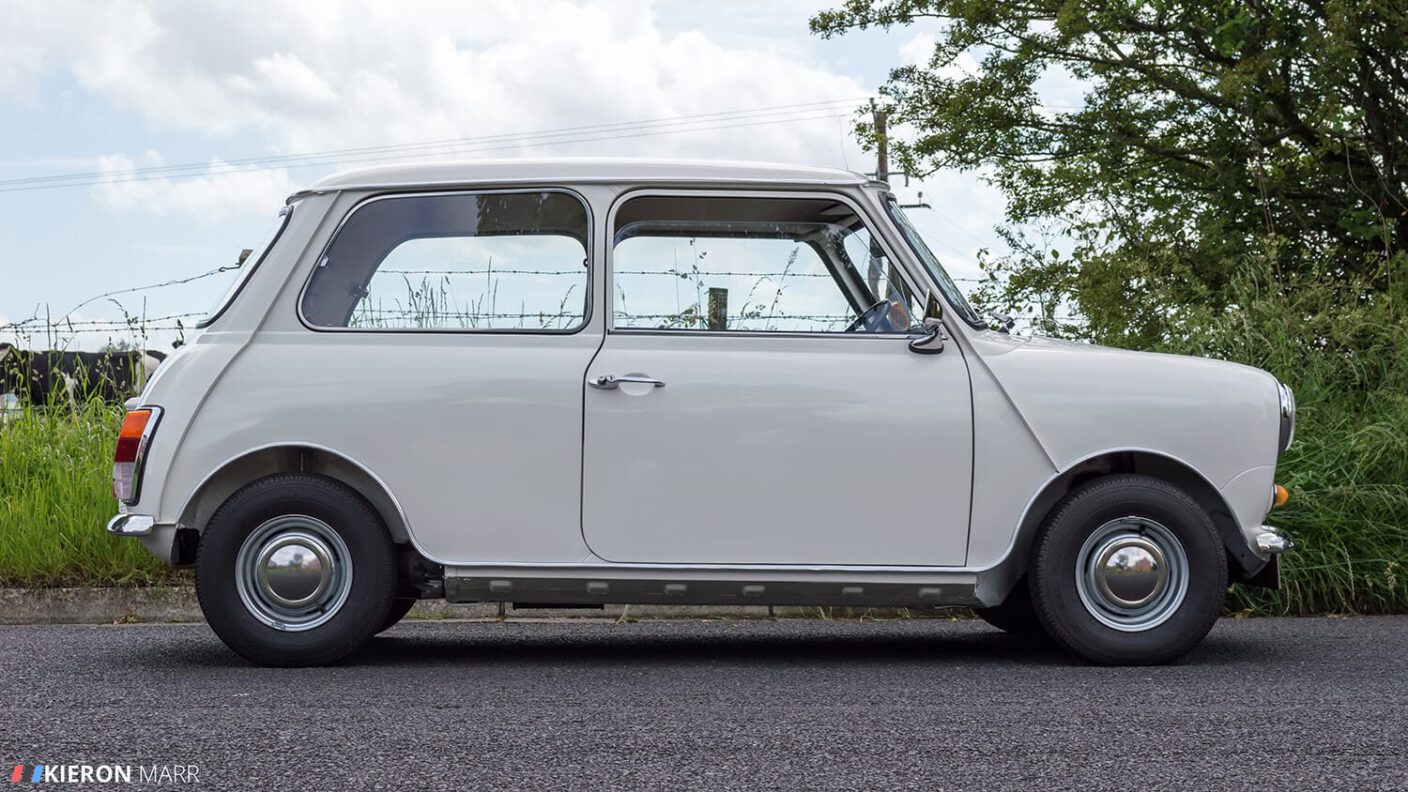


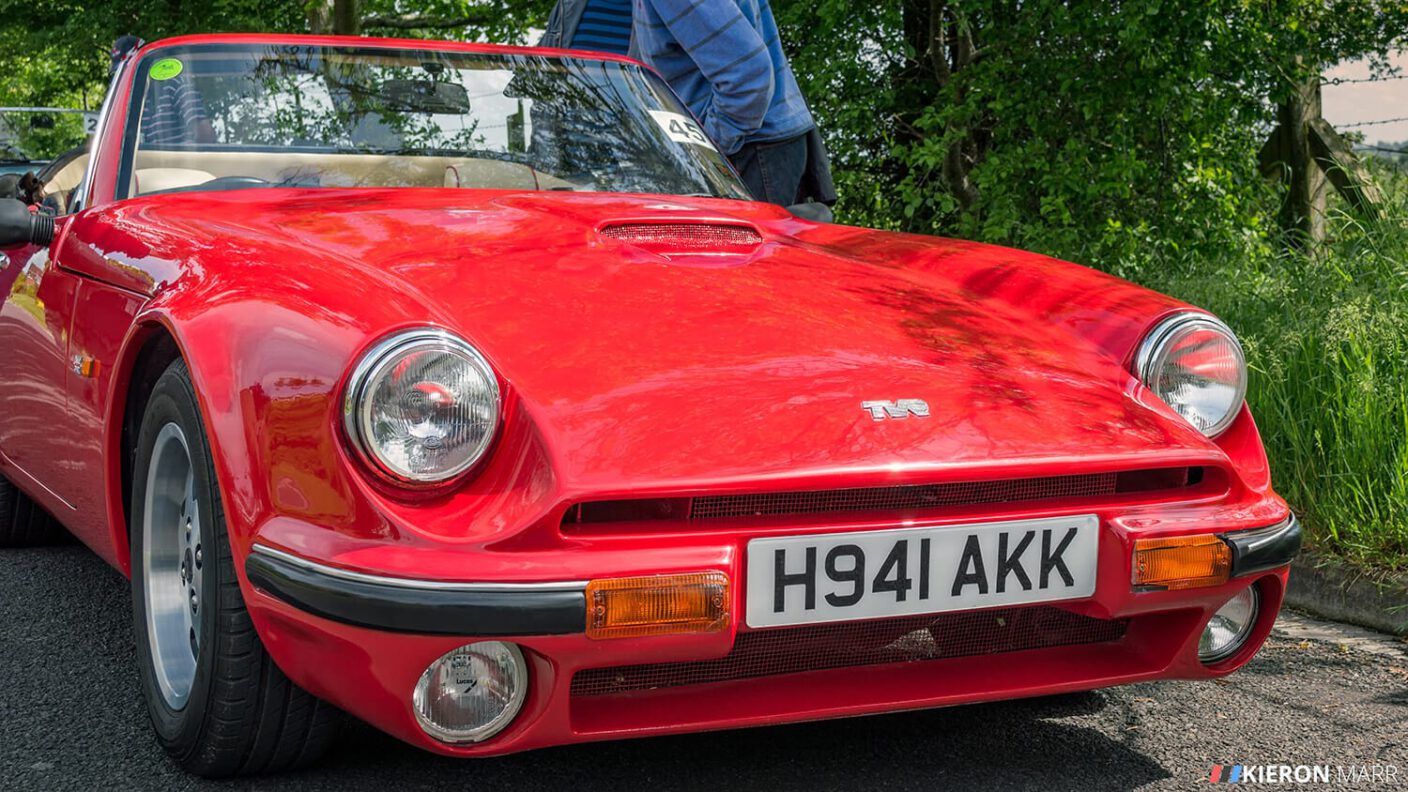
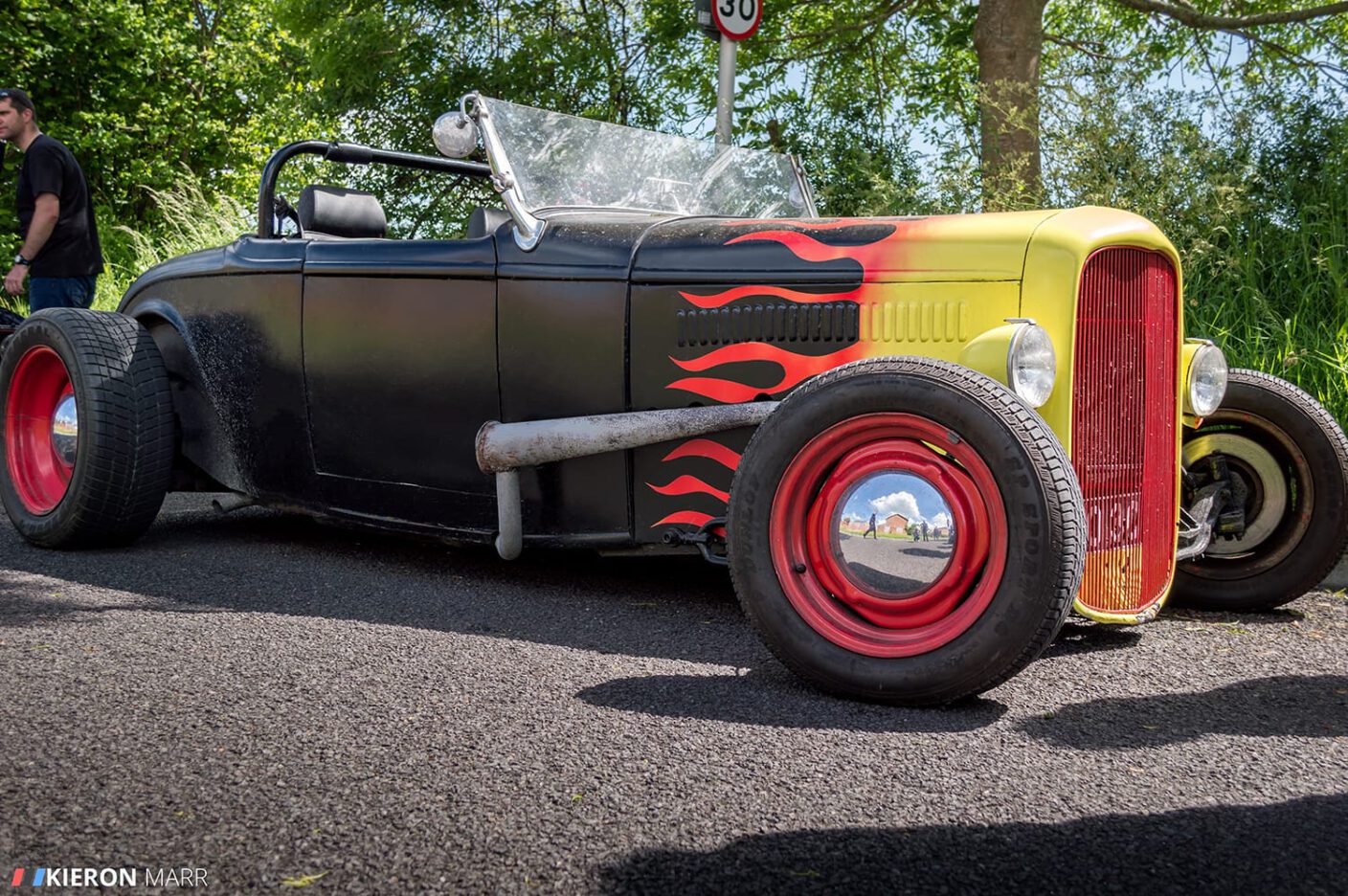
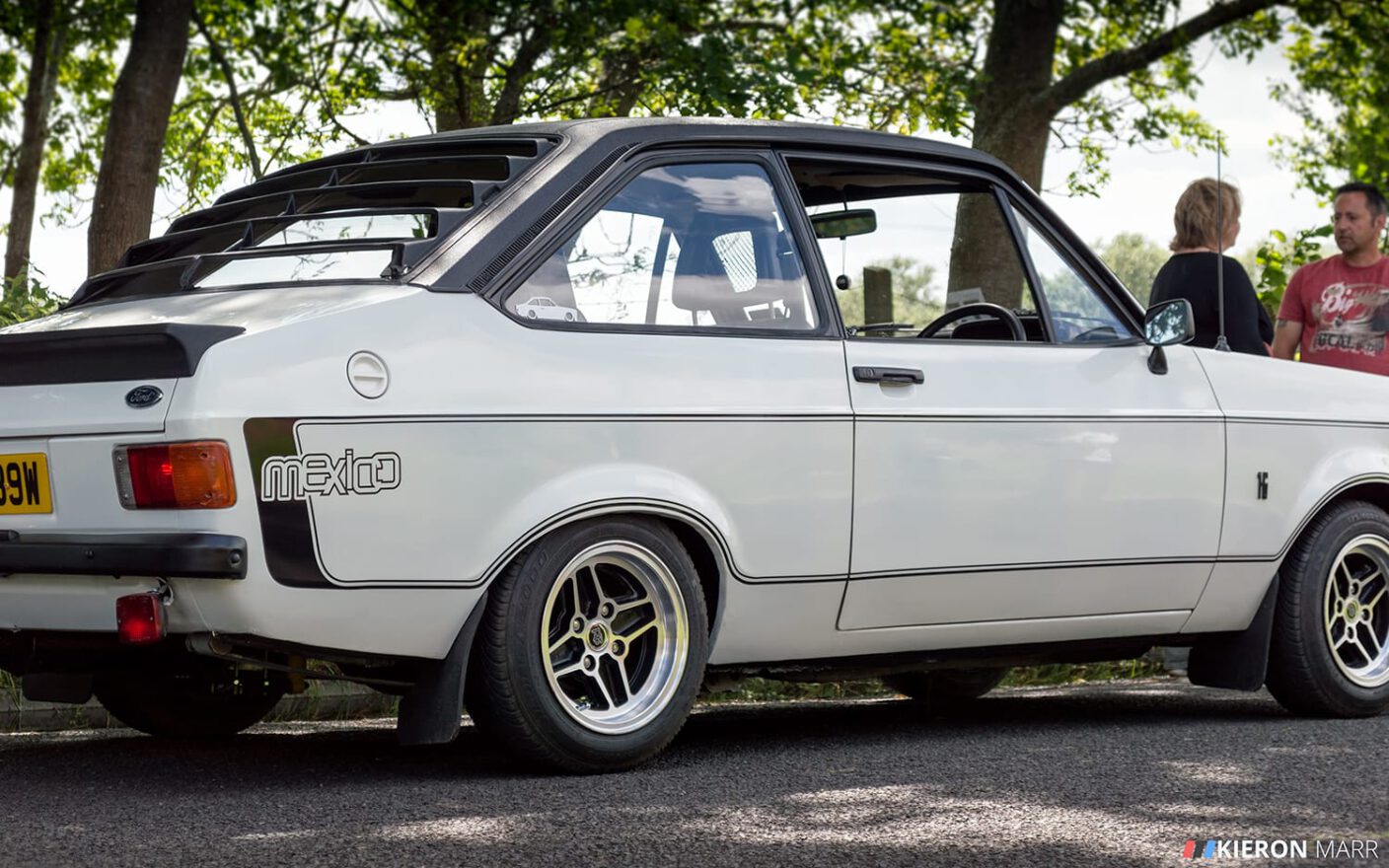
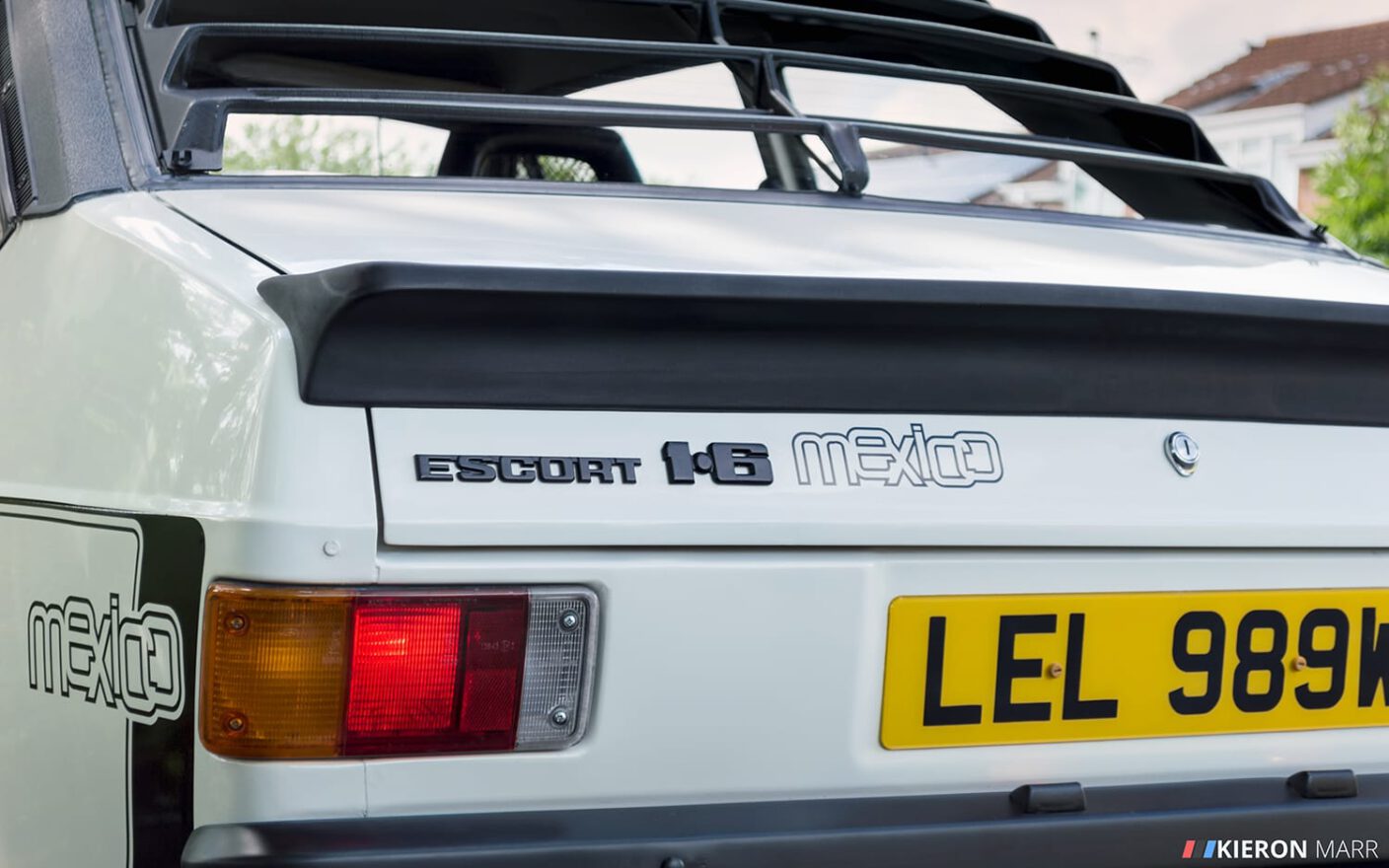
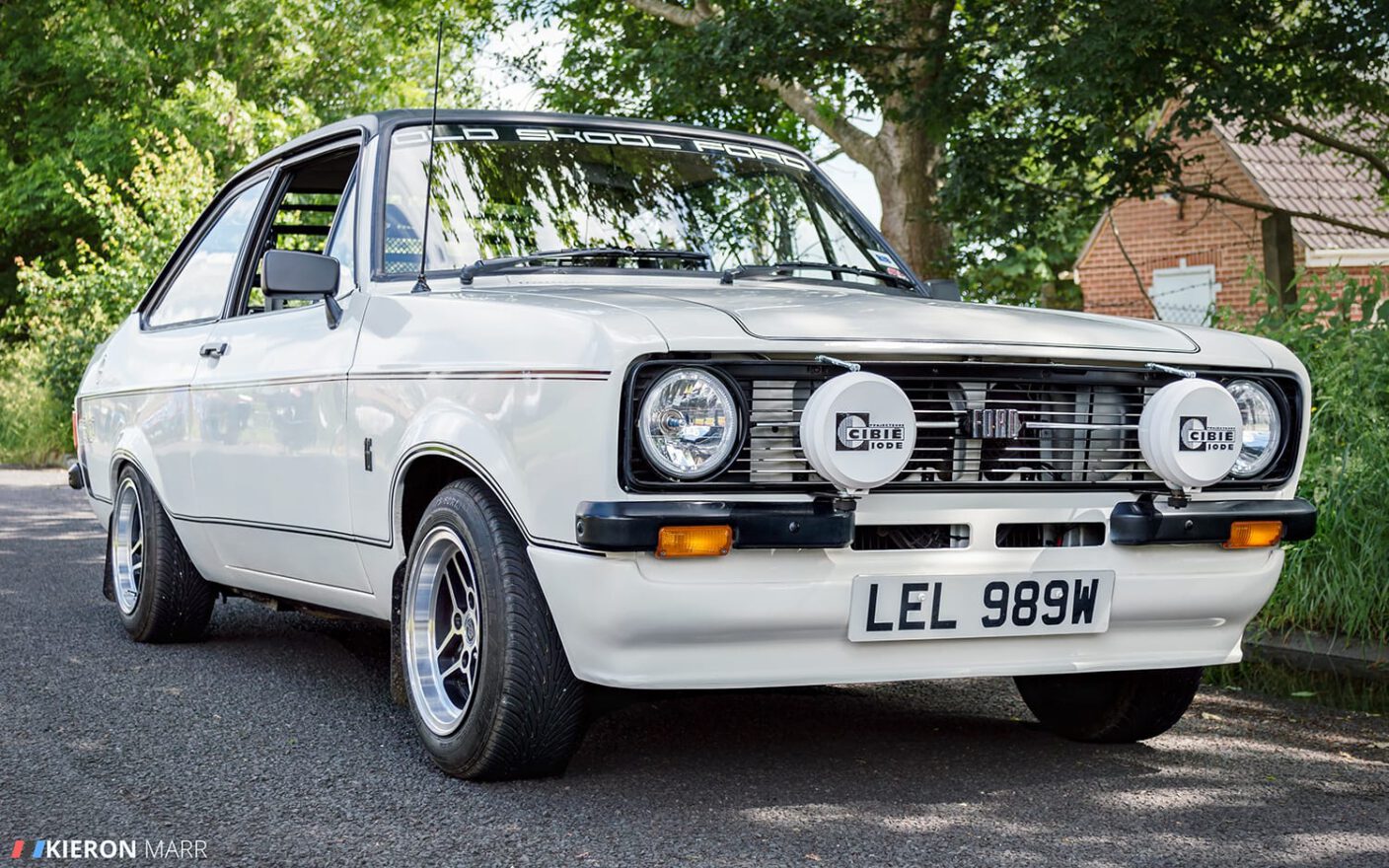
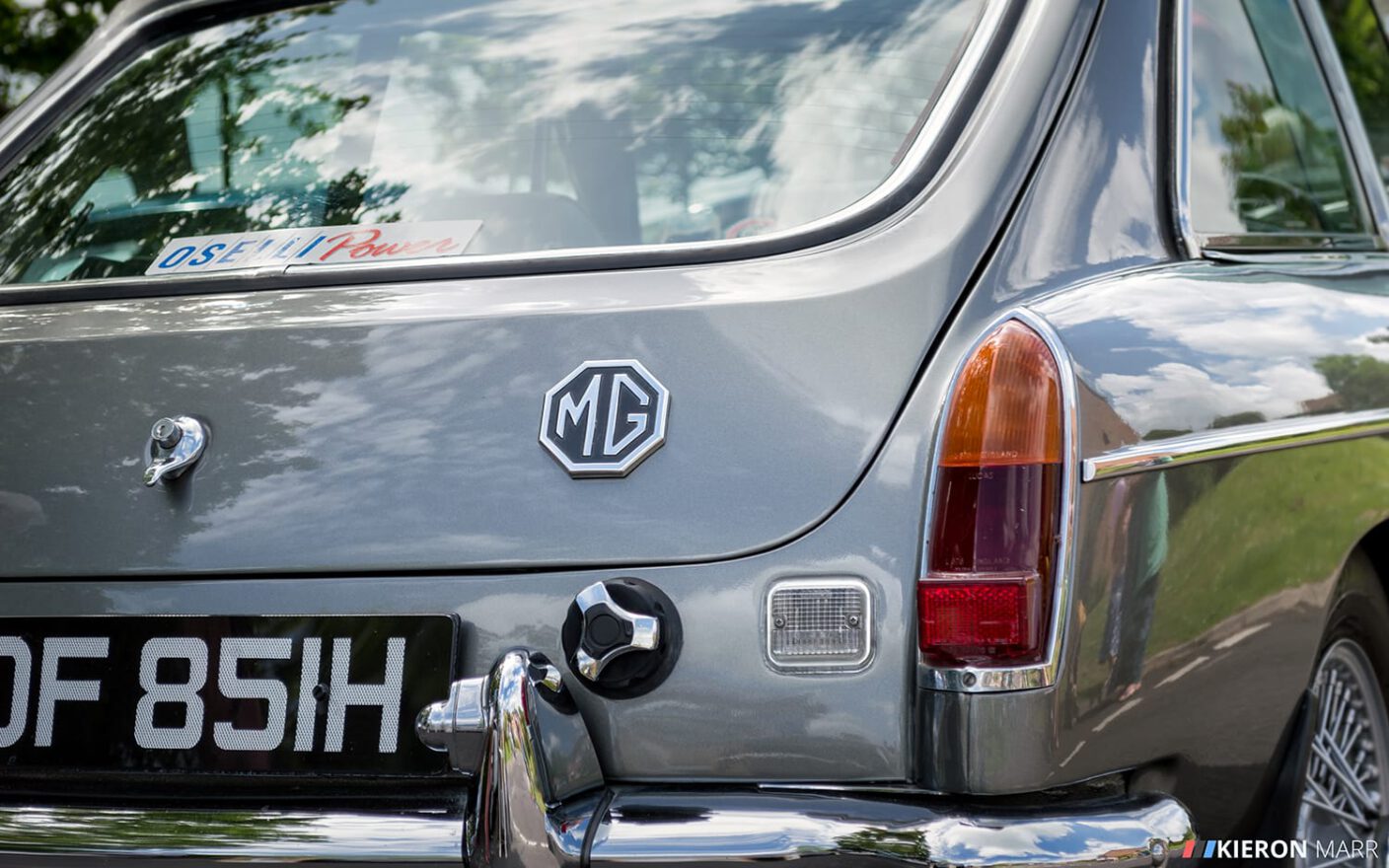
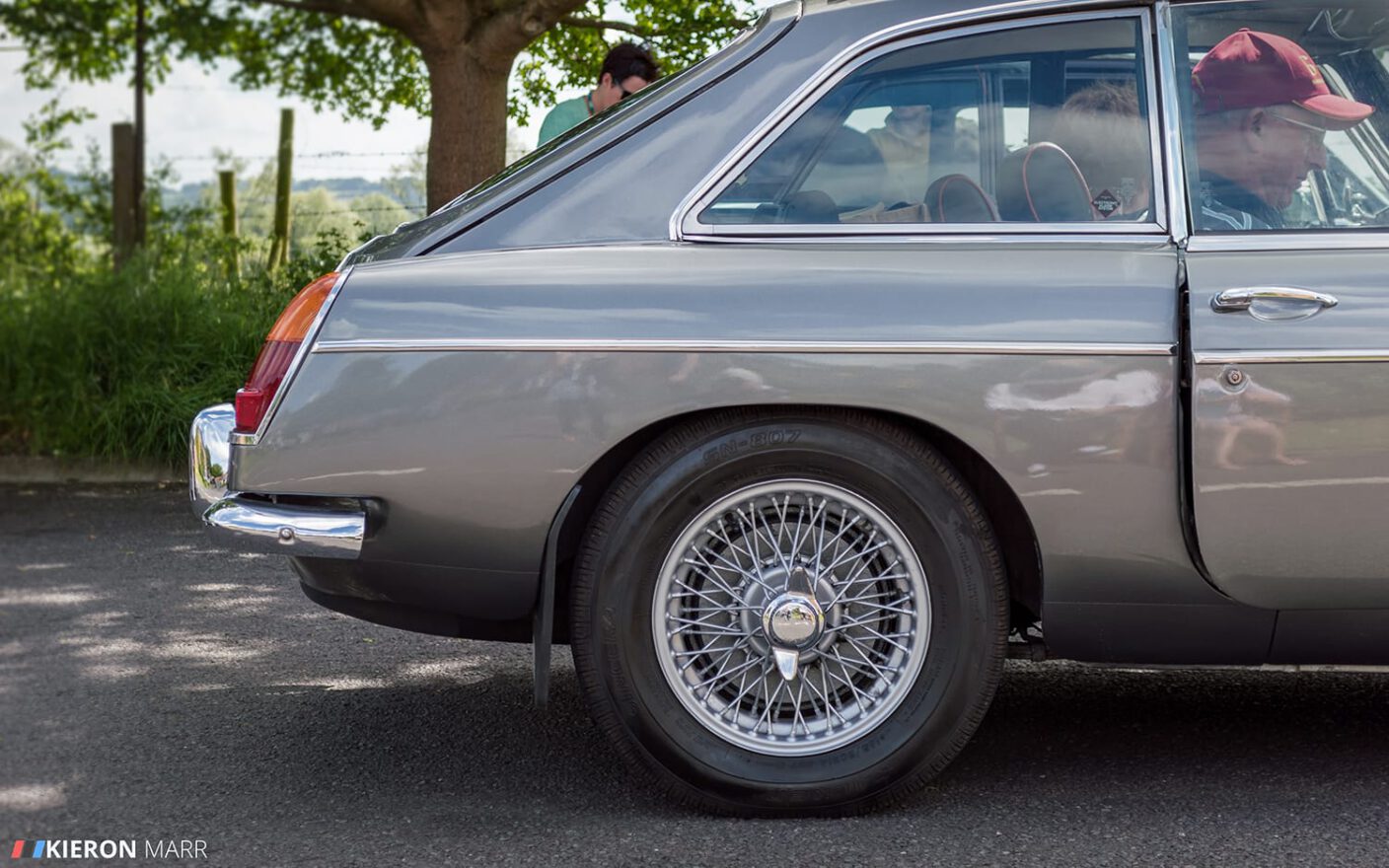
Here are a few that I have for anybody thinking of photographing cars. These tips and ideas are based on my experiences and after reviewing these photos.
Recommendations
These are some recommendations based on my experiences with taking these photographs.
Firstly, a polariser is a must (especially on a sunny day)
Why? The cars are really reflective and the Polariser will cut down on some of the reflections if you use it correctly.
Choose a different time to shoot
Cars have a shiny reflective surface, especially new ones. They’re like a mirror. This can be problematic when you are trying to capture the essence of the car when all you’re getting is a mirror image of what’s behind the camera. Remember to choose the setting you are shooting as the background will most likely appear in a reflection. One nice idea is to shoot in a nice landscape that will compliment the lines and curves of the car .
Also, try shooting at lower light times such as before sunrise and after sunset. The light isn’t as harsh and will complement the subject.
Try loads of different angles
A car completely changes depending on the angle you look at it from. Look at a car from low down and close it can look quite aggressive as if it’s looking down upon you. Try shooting from up high and capture more of the car’s overall details. Also, remember to look at the smaller details. Macro shots are great for capturing the smaller details of a car i.e. wheels, badges, grills, nuts and bolts etc…
Photograph the car in its natural habitat
Just like you would photograph an animal in its natural habitat, you can snap a car in its natural habitat. Cars are built to be driven so moving shots capture the car doing what it does best whether it be normal driving, racing (on a track) or sideways drifting round a track. Alternatively, a 4×4 would look great being thrown around a muddy field or climbing difficult terrain.
You can check out more of my photos on my flickr profile.
